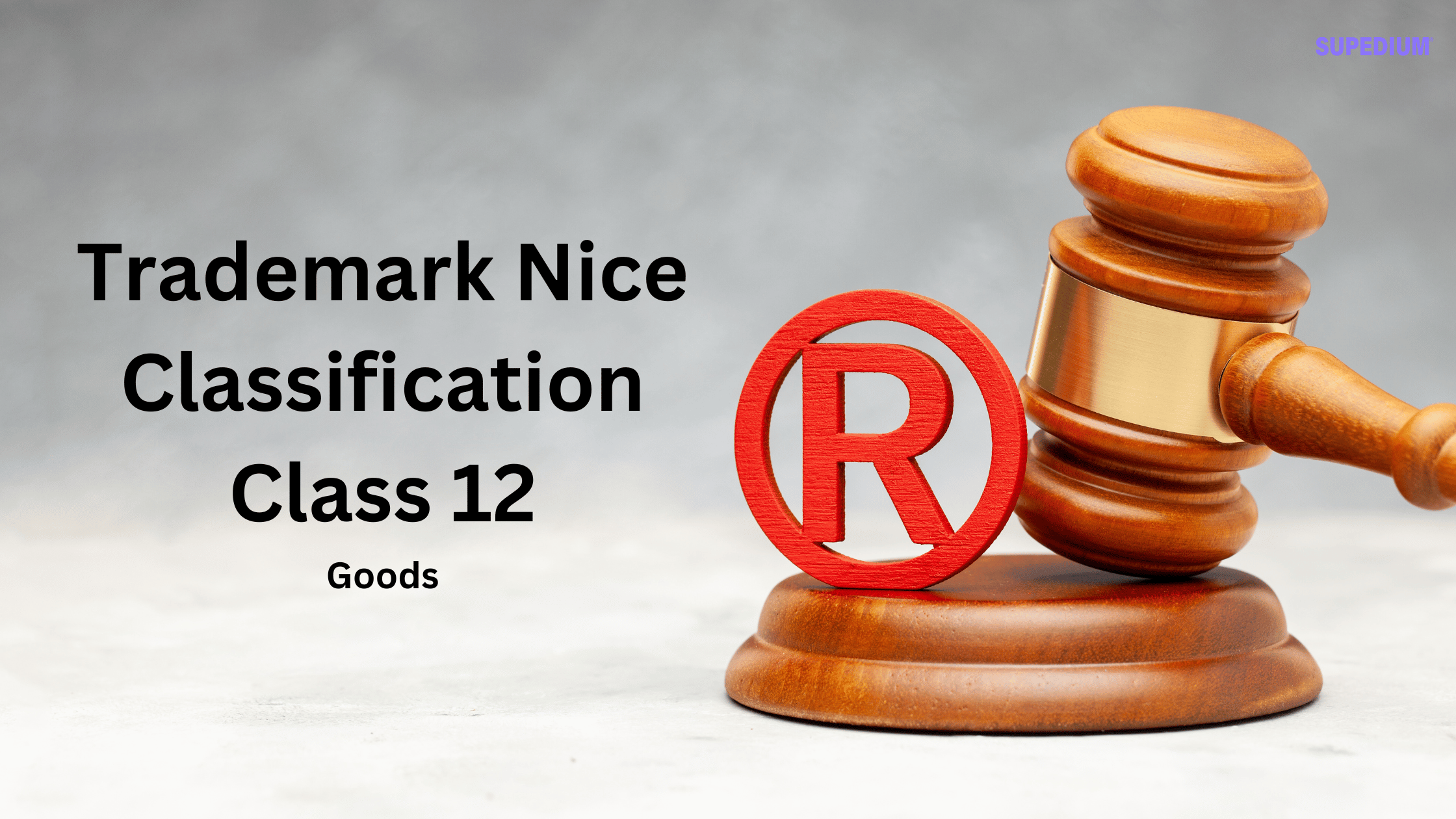Table of Contents
![]()
I. Introduction
The Nice Classification system serves as a crucial framework for the registration of trademarks across various industries. Established by the Nice Agreement in 1957, this system categorizes goods and services into distinct classes, facilitating the identification and protection of intellectual property. Among these classes, Class 12 holds significant importance as it encompasses vehicles and apparatus for transportation. Understanding the scope and implications of Class 12 is essential for businesses operating in the automotive and transportation sectors.
II. Key Inclusions of Class 12
A. Vehicles and Apparatus for Transport
Class 12 primarily includes vehicles and apparatus that facilitate the movement of people or goods via land, air, or water. This broad category not only covers traditional vehicles but also innovative transport solutions, thereby reflecting advancements in technology and changing consumer needs.
B. Specific Categories Included
- Motors and Engines for Land Vehicles
This category includes various types of motors and engines specifically designed for land transportation, covering everything from personal vehicles to commercial trucks. - Couplings and Transmission Components
Essential for the operation of land vehicles, these components ensure effective power transfer and control, playing a pivotal role in vehicle functionality. - Air Cushion Vehicles
Also known as hovercraft, air cushion vehicles are included in Class 12 due to their unique mode of transport, which allows movement over land and water surfaces. - Remote Control Vehicles (Non-Toy)
This category covers various remote-operated vehicles that serve practical purposes in sectors such as agriculture, surveillance, and logistics, distinguishing them from toy versions. - Vehicle Parts
Class 12 includes a wide range of parts integral to vehicle operation, such as:- Bumpers: Protecting vehicles from impacts.
- Windscreens: Providing visibility and safety.
- Steering Wheels: Essential for vehicle control.
- Treads and Tyres for Various Vehicles
This includes tyres and treads specifically designed for different types of vehicles, emphasizing the importance of safety and performance in transportation.
III. Key Exclusions from Class 12
A. Materials and Components Not Covered
While Class 12 encompasses a broad range of transport-related goods, it is essential to recognize the specific exclusions that apply.
- Railway Material (Class 6)
Components and materials specifically used in rail transport are classified under Class 6, thus distinguishing them from road vehicles. - Motors and Engines Not for Land Vehicles (Class 7)
This includes:- Couplings and transmission components not associated with land vehicles.
- Parts of motors and engines such as starters and mufflers.
- Heavy-Duty Machine Components
Rubber tracks designed for construction and agricultural machinery fall under Class 7, not Class 12.
B. Non-Transport Related Items
- Toys
Tricycles and scooters designed for infants, classified under Class 28, are not included in Class 12. - Special Vehicles Not for Transportation
Certain vehicles, such as self-propelled road sweeping machines and fire engines, are categorized under Classes 7 and 9 due to their specific functions. - Non-Vehicle Parts
Items like electric batteries and mileage recorders, which serve auxiliary roles, fall under Class 9, while automotive carpets are classified under Class 27.
IV. Practical Applications of Class 12
A. Trademark Registration Process
Understanding Class 12 is vital for businesses aiming to protect their trademarks effectively. Accurate classification is essential to avoid conflicts and ensure proper legal protection. Misclassification can lead to trademark disputes and potential loss of intellectual property rights.
B. Case Studies and Examples
- Successful Trademark Registrations
Numerous companies in the automotive industry have effectively leveraged Class 12 for trademark registrations, solidifying their brand identity and protecting their products. - Common Pitfalls and Challenges
Businesses often encounter challenges related to misclassification or failing to recognize exclusions. Consulting with legal experts can mitigate these risks and enhance the chances of successful registration.
V. Conclusion
Class 12 of the Nice Classification system is a critical category that encompasses a wide array of vehicles and transportation apparatus. By understanding its inclusions and exclusions, businesses can navigate the trademark registration process more effectively, ensuring the protection of their intellectual property. As the transportation landscape continues to evolve, the importance of accurate classification in safeguarding innovations and brand identity will only grow. For companies operating in this sector, seeking legal expertise is recommended to ensure compliance and optimal protection under trademark law.
Share This





Be the first to comment